

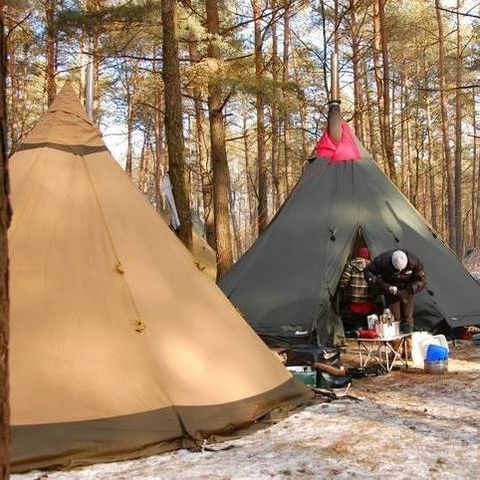
You can learn different paracord knots and hitches to make life easier, especially when camping or when you’re up for some outdoor adventures.
Secure those tents and save your life with these paracord knots and hitches for beginners.
RELATED: Make Your Own Compound Bow with Just a Few Supplies
In this article:
- Why You Need to Learn How to Knot the Paracords
- Simple Paracord Hitches You Can Learn Today
- Simple Paracord Knots for Beginners
Click here to jump to the infographic.
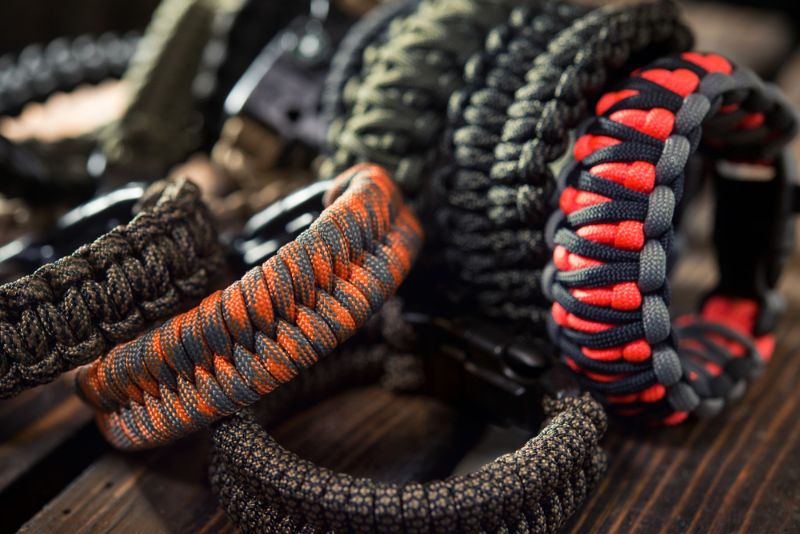
Paracord knots are one of the most useful skills you need to know as a self-reliant connoisseur. Also, a parachute cord or paracord is a must-have item for preppers on the go and those living off the grid.
There are different kinds of paracord knots and hitches you can learn. These include the king cobra knot or paracord lanyard knots. You can even teach yourself paracord bracelet knots.
Regardless of the pattern or design, you can use the knots to bind ropes to other ropes and the hitches to secure objects to the lines.
As a DIY survivalist, here are the most critical hitches for beginners you need to know.
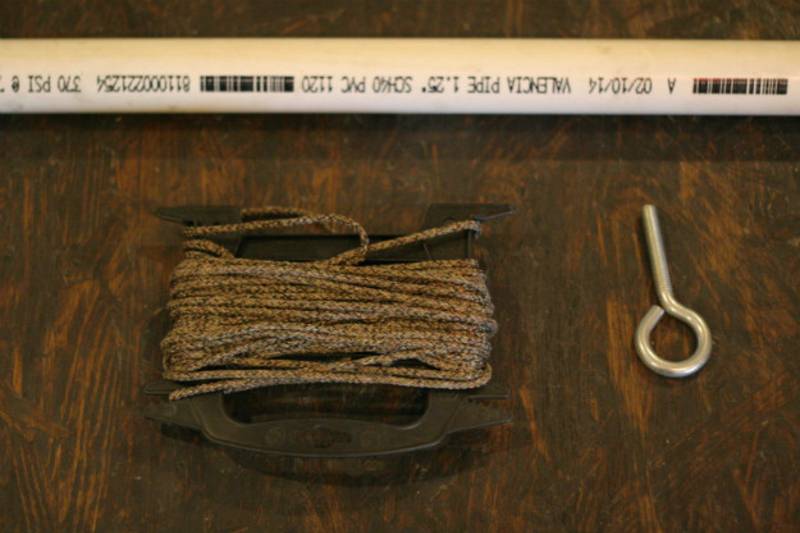
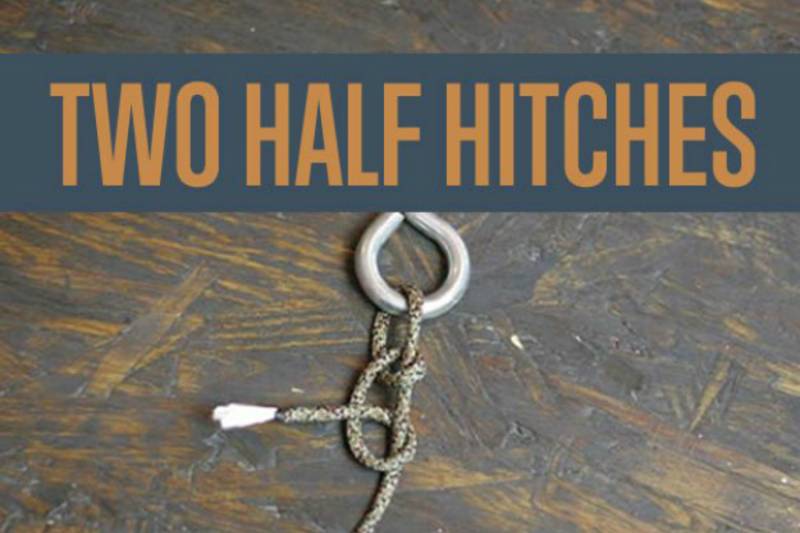
The two half-hitches are part of a group called binding hitches. You use it in situations when you don’t want or need to quickly undo your hitch. Others refer to two half-hitches as a clove hitch over itself.
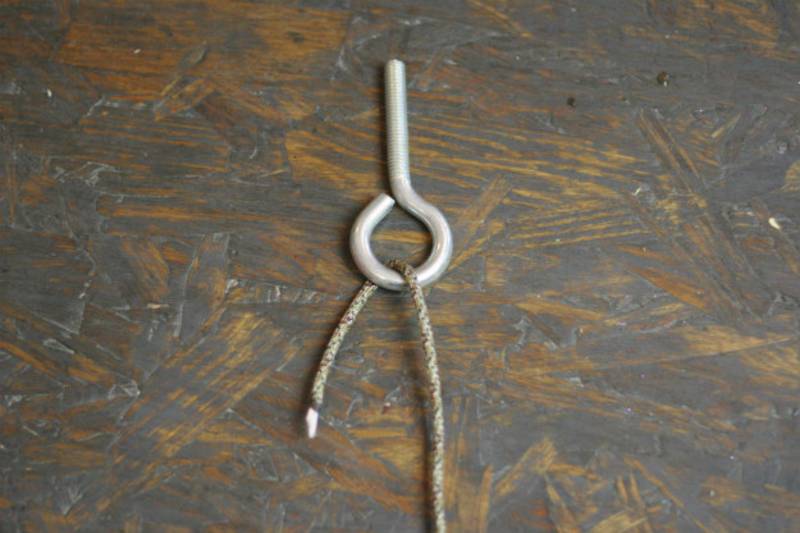
You can use anything to practice these knots, but open eyelets are an easy practice tool to use.
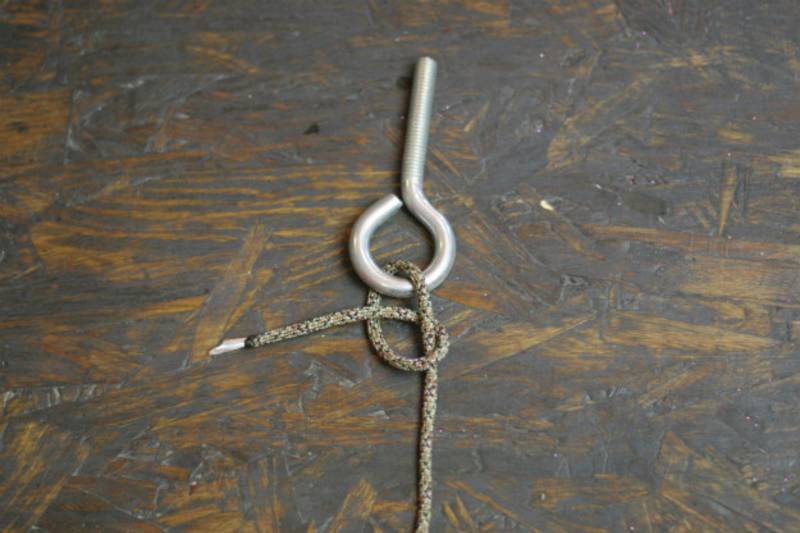
Use a simple overhand knot for this step.
What Is Overhand Knot? Also known as the basic knot is a type of knot characterized by forming a loop and passing an end to the stand and the loop.
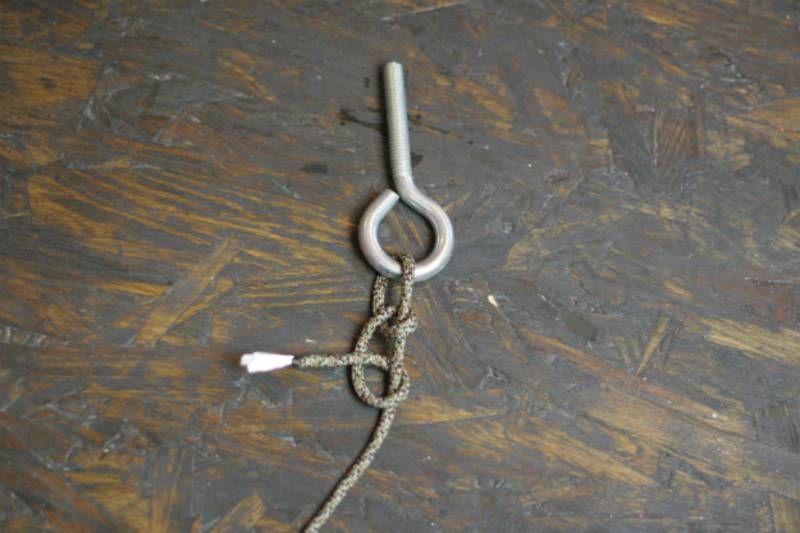
Tie another overhand knot.
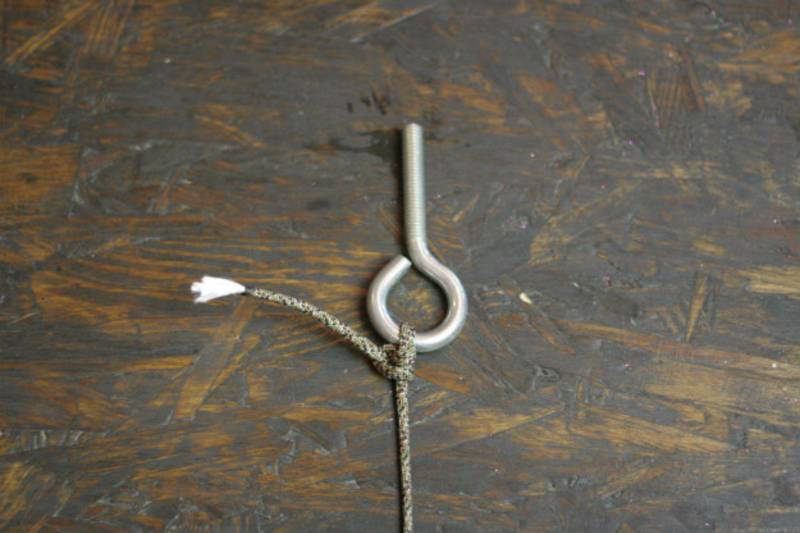
Once weighted, the two half-hitches are tight. It’s simple, but it can be quite challenging to untie, especially with thinner rope and paracord.
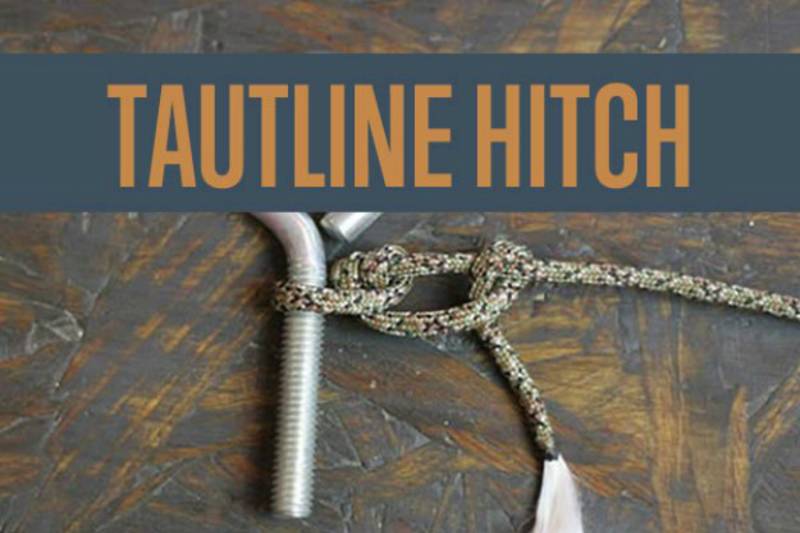
Unlike the two half-hitches, the tautline hitch is easy to untie. When no object is attached, you can easily adjust its placement on your line. This makes it an ideal hitch for lashing down your tent or tarp. It is also useful when you need to adjust the length of your line.
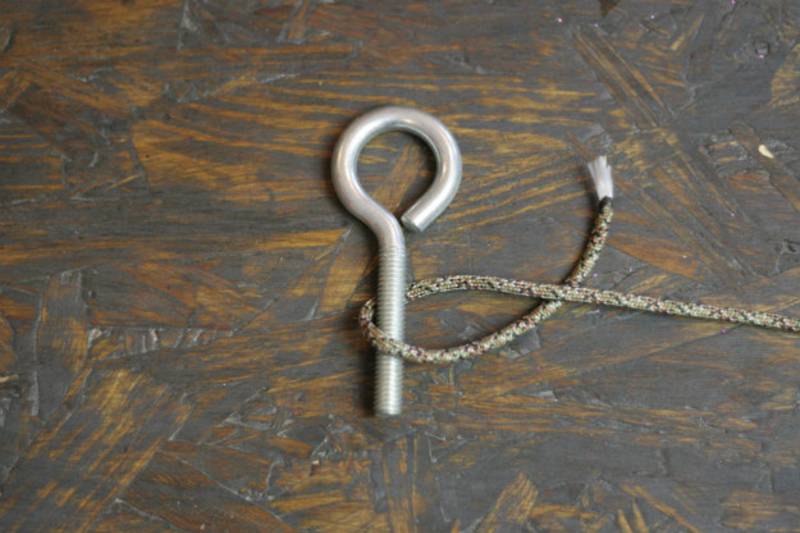
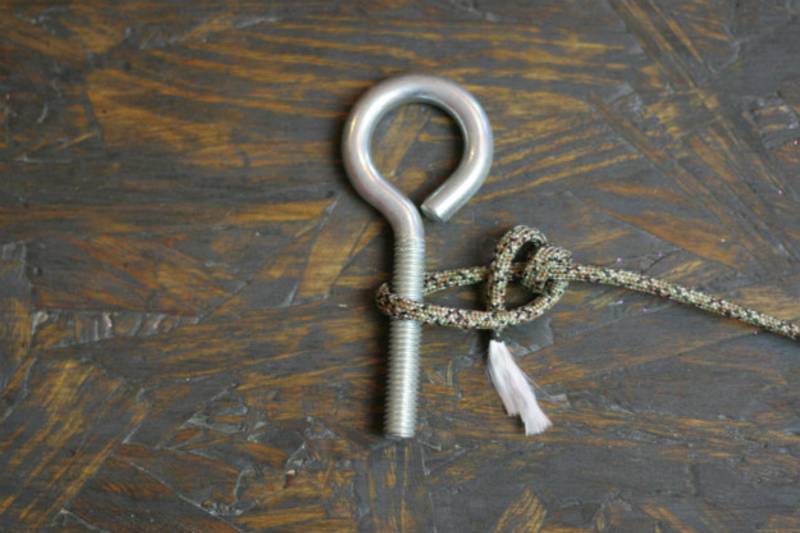
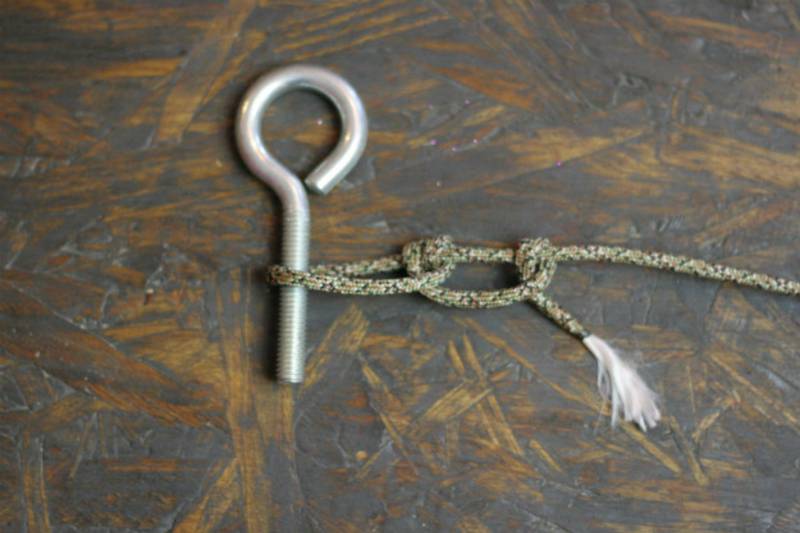
Do this step behind (or, in this picture, to the right of) the two other loops. Doing this paracord knot allows you to adjust the length of the paracord.
With the taut line unweighted, slide your hitch up and down the line. It should move without restrictions. Pull your paracord tight to cinch it in place on the line.

If you’re working with your paracord knots, you must learn the slippery hitch. It is ideal for situations when you need to untie your hitch fast.
When fastened over an object, the hitch holds strong. Once you remove the item, a simple tug on the paracord will undo it.
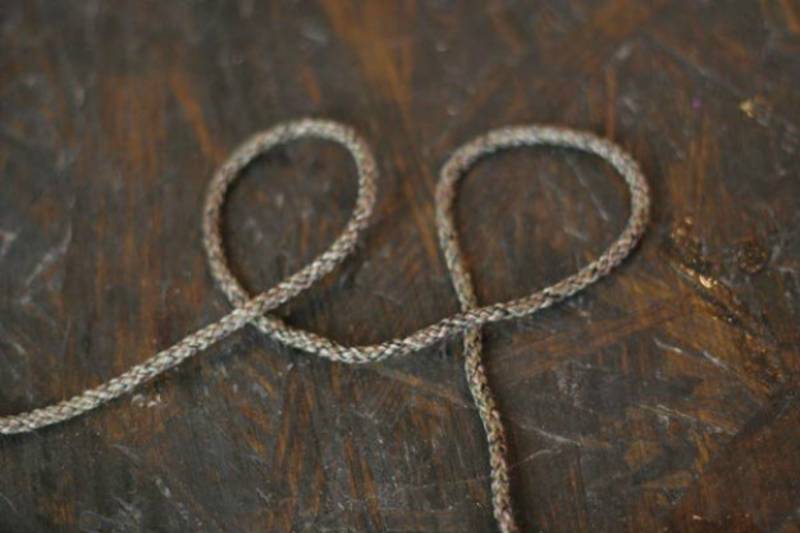
This is what inverse loops look like.
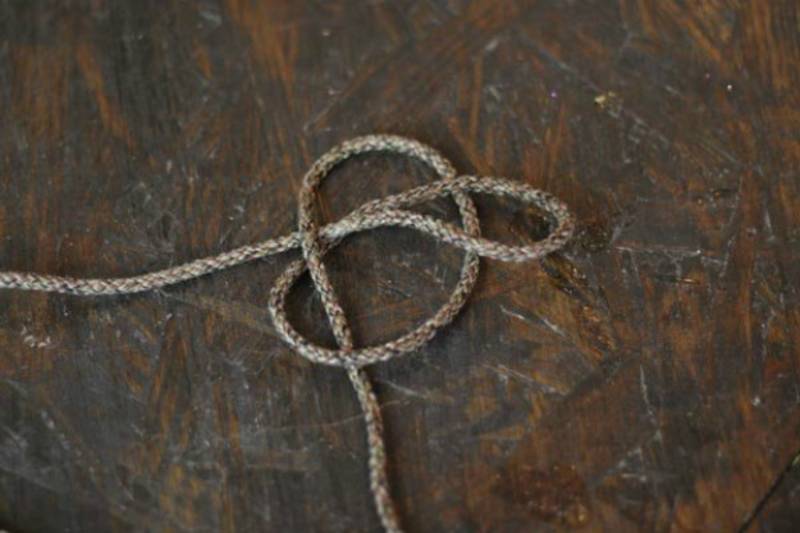
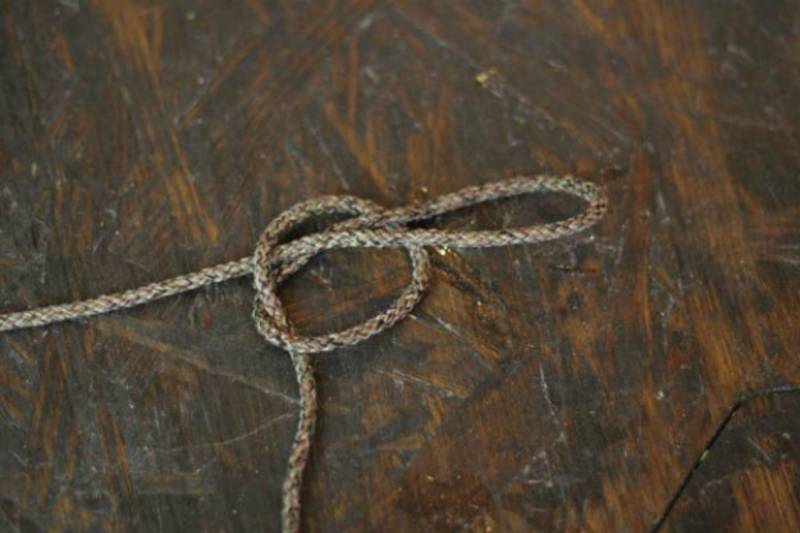
This is how your paracord should look like.
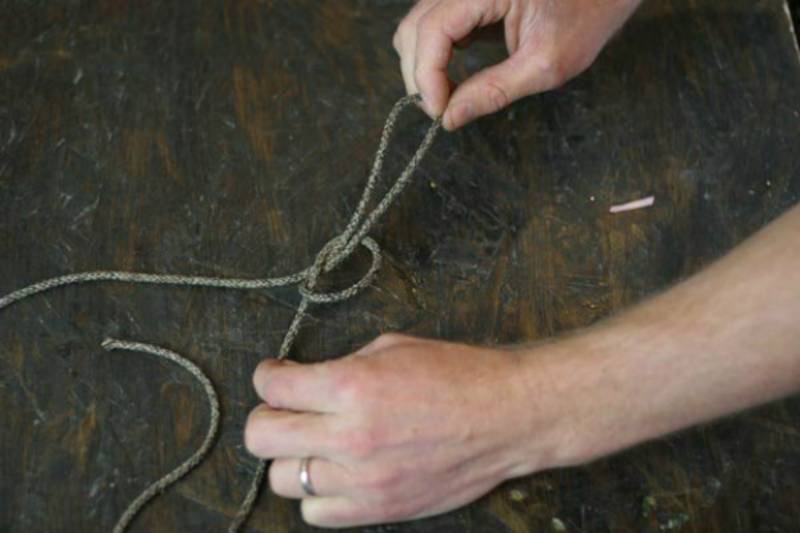
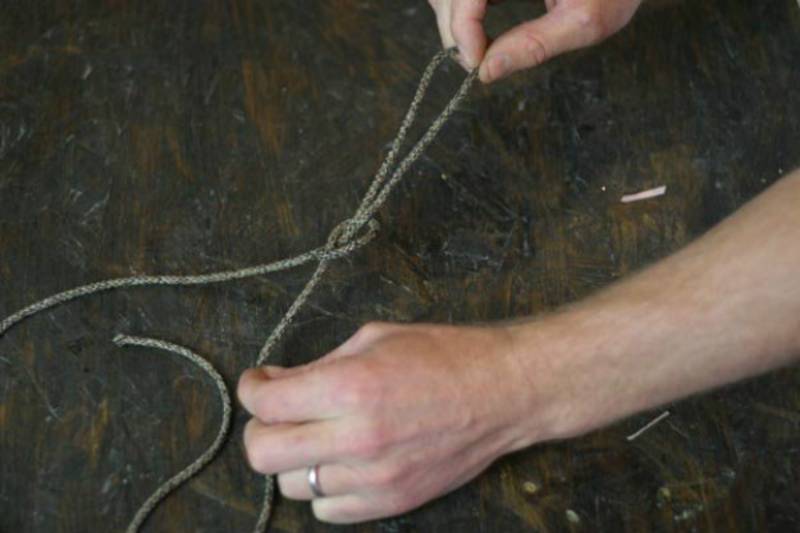
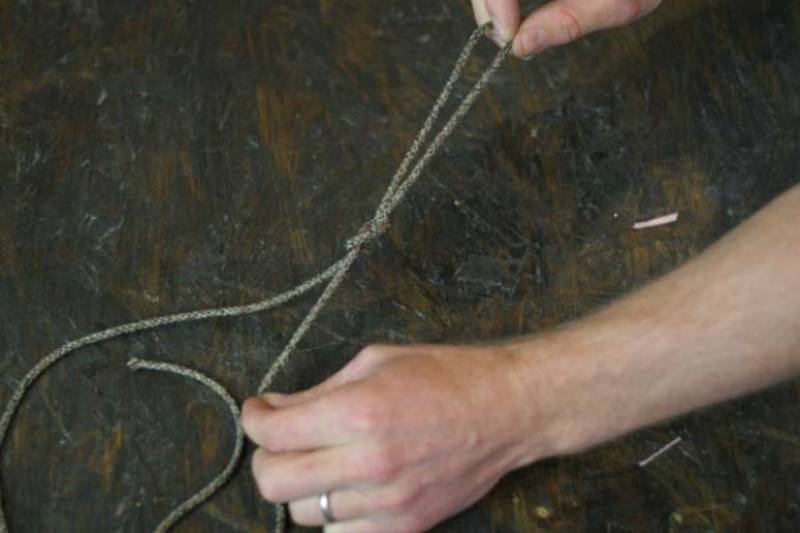
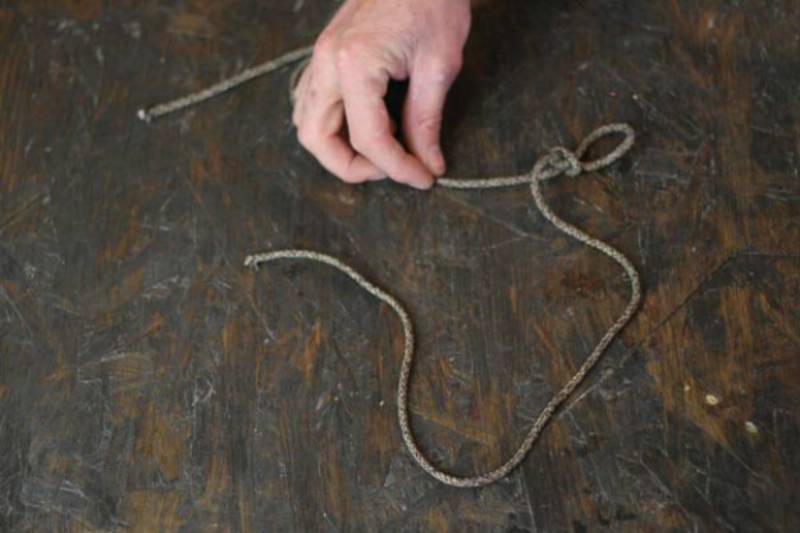
When weighted, the loop will tighten up over the object.
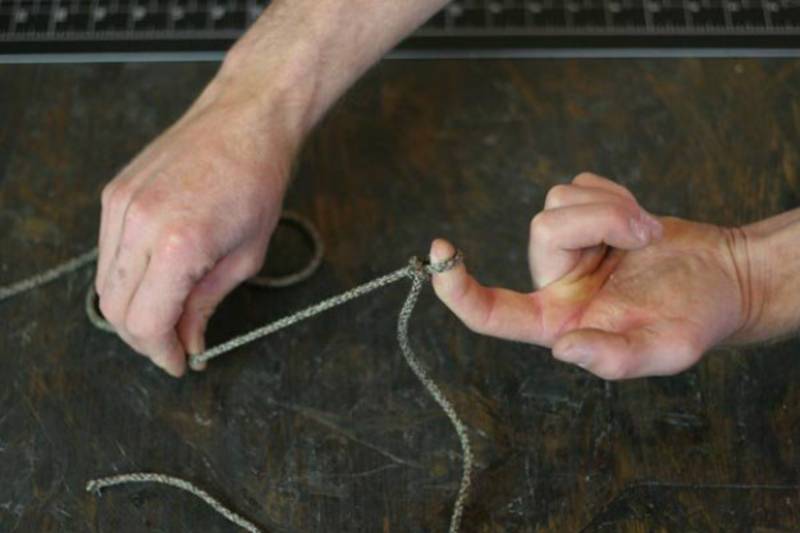
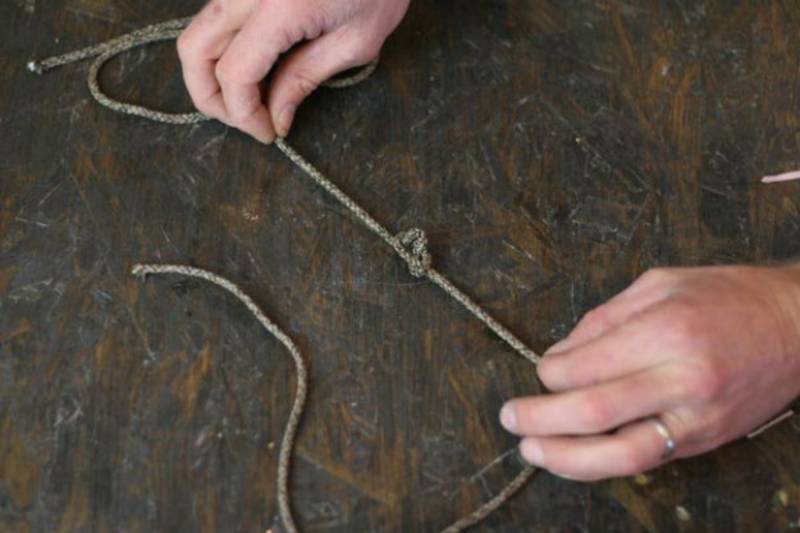
To do this, pull at both ends of the paracord.
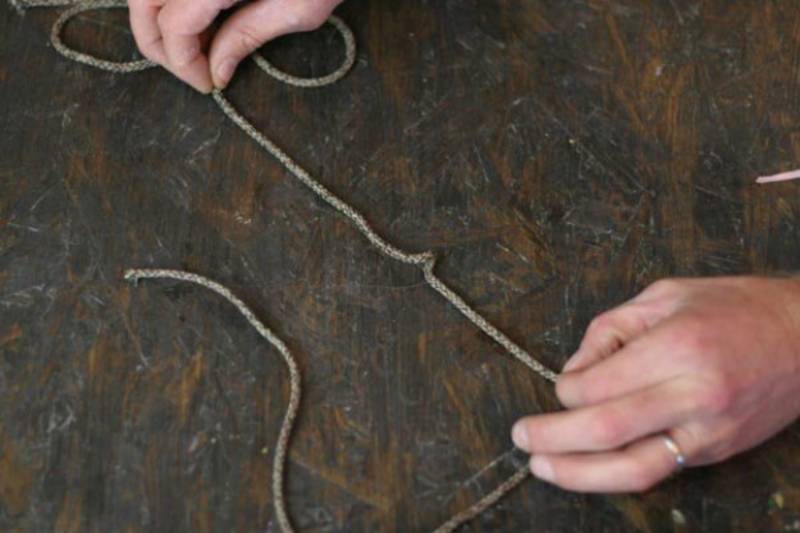
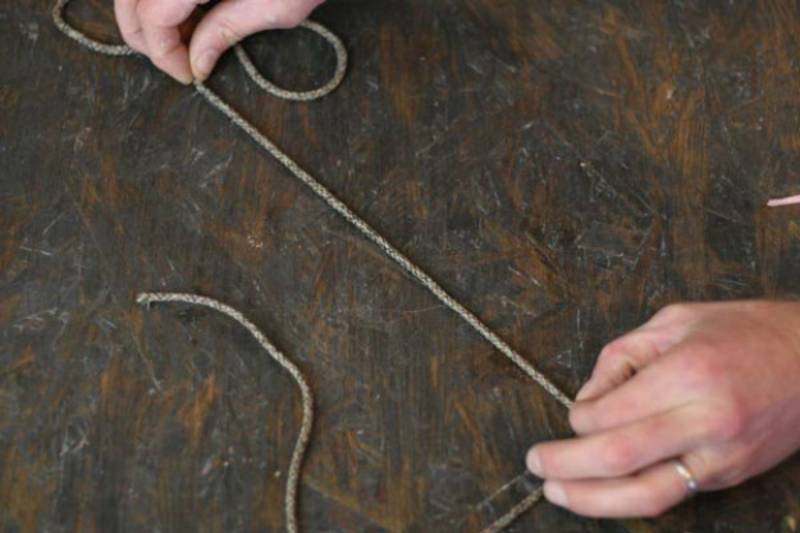
Tug at them, and the slippery hitch will come undone!
RELATED: The Ultimate Bug Out Bag List For Every Survivalist
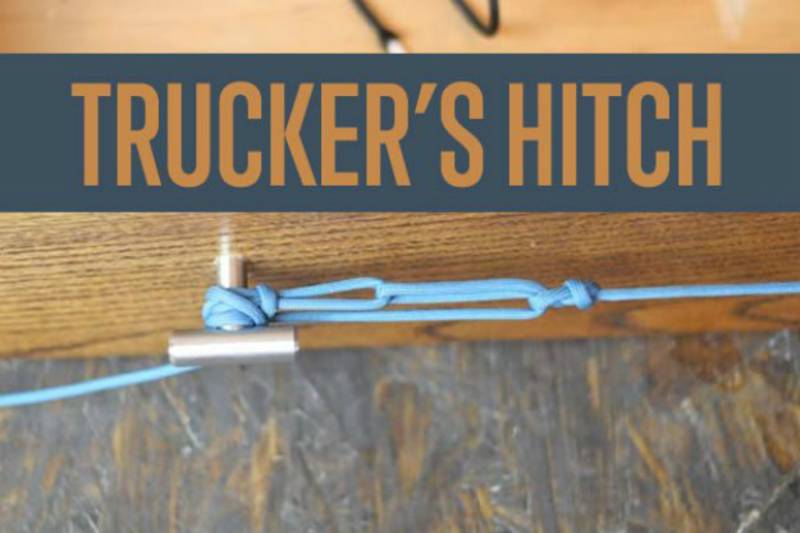
If you must choose among the paracord knots and hitches, you must learn the trucker’s hitch by heart. It is useful when you need to secure something as tightly as possible.
The most common use of the trucker’s hitch is fastening things on top of cars or truck beds.

Use this opportunity to practice the impressive paracord knots and hitches we discussed earlier! It doesn’t matter how you affix this end as you can make a trucker’s hitch from this fixed point.
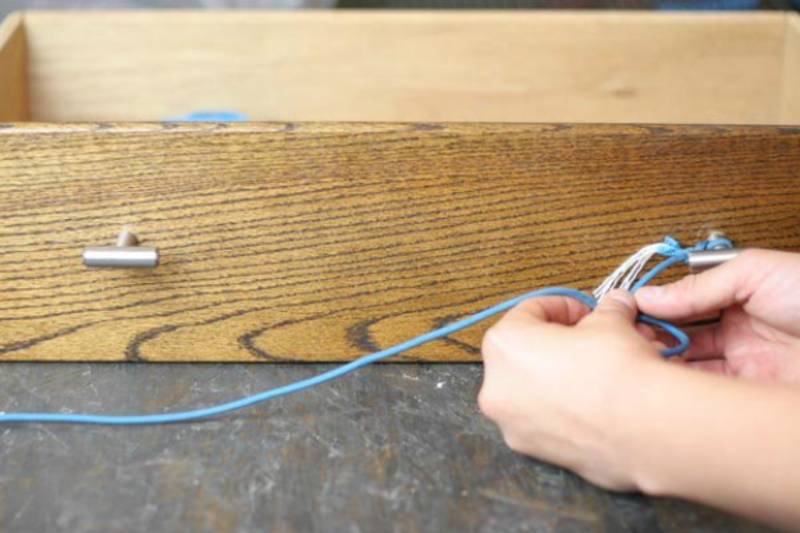
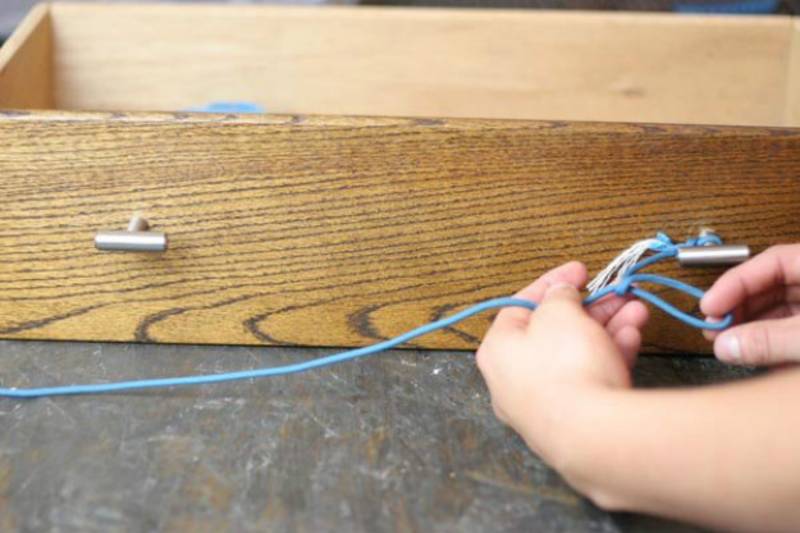
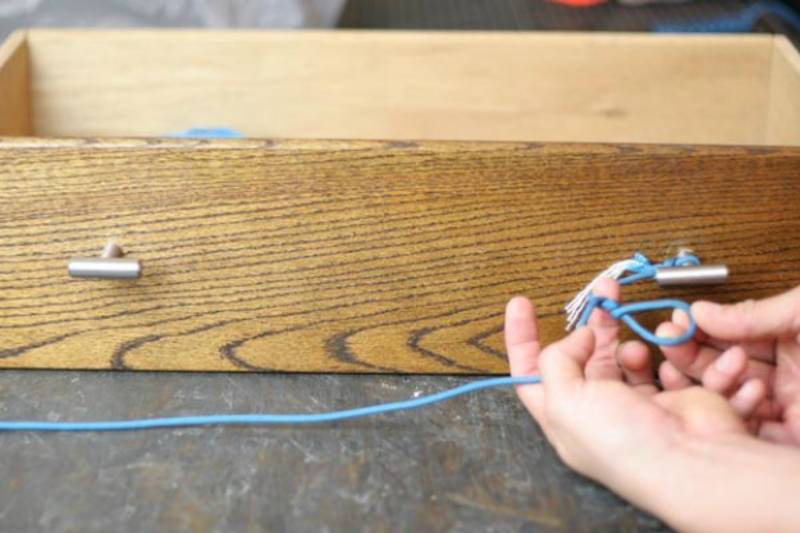
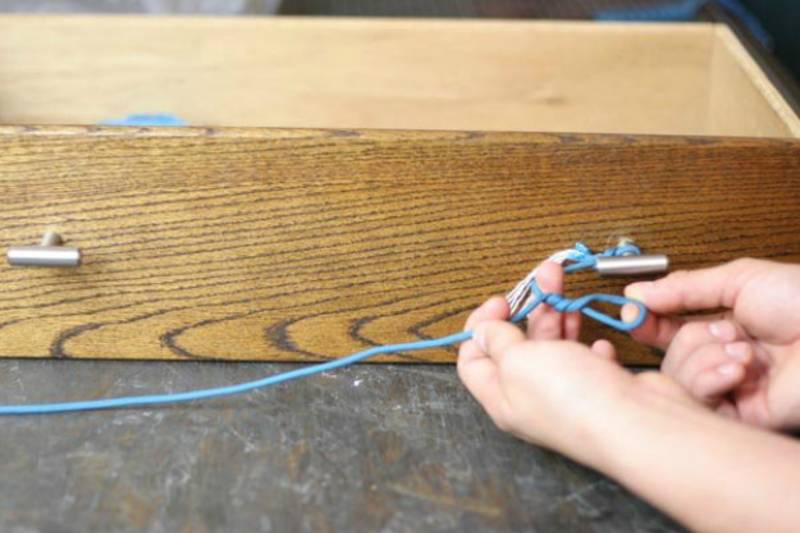
Tie your paracord in the same way as above.
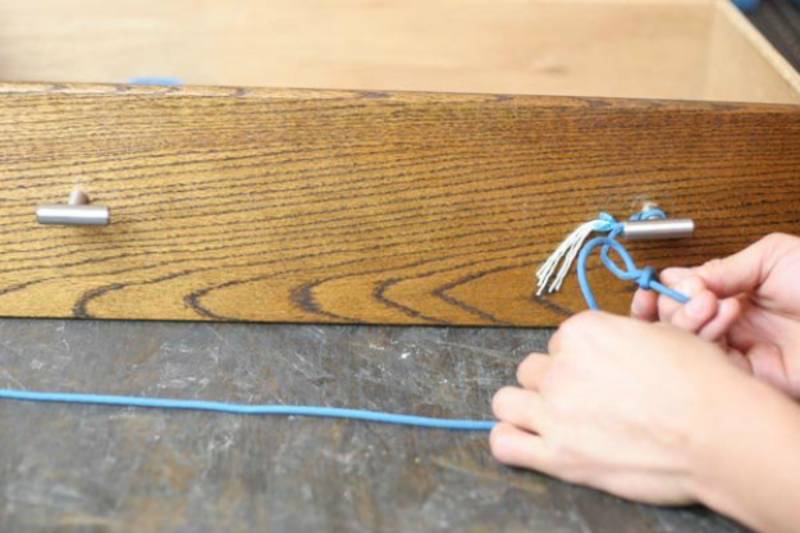
Take the free end of your line and feed a bite of it through your twisted loop.
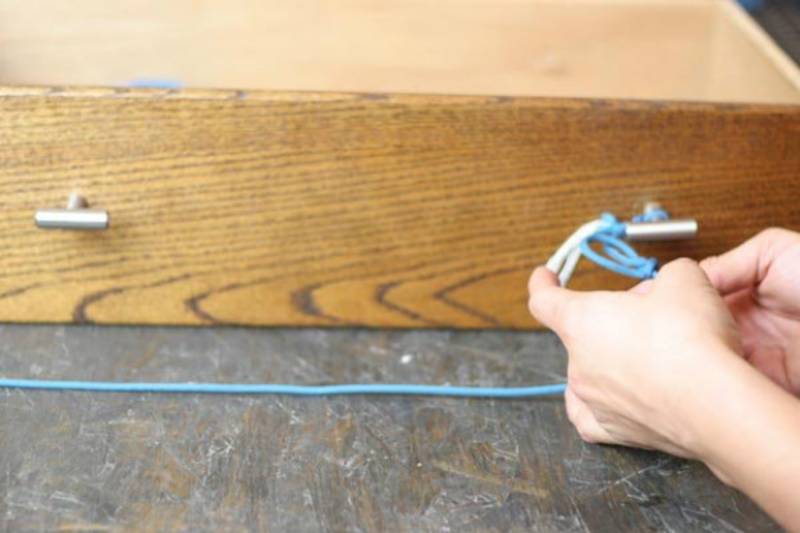
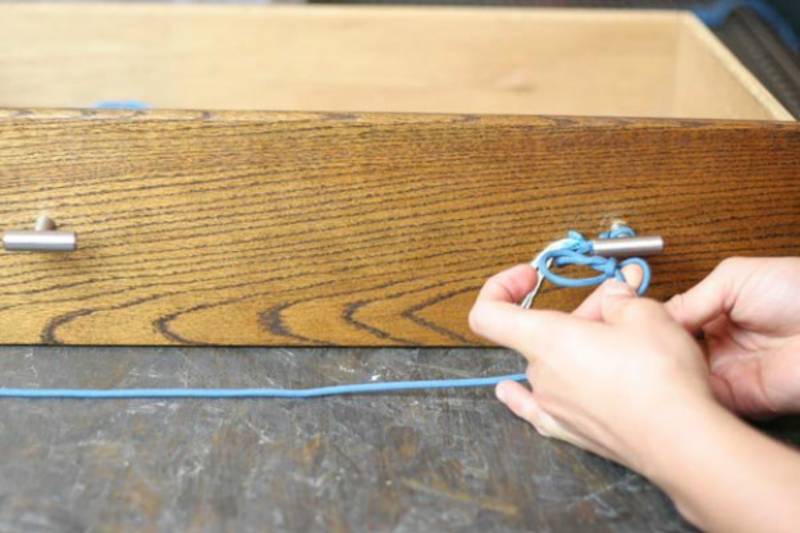
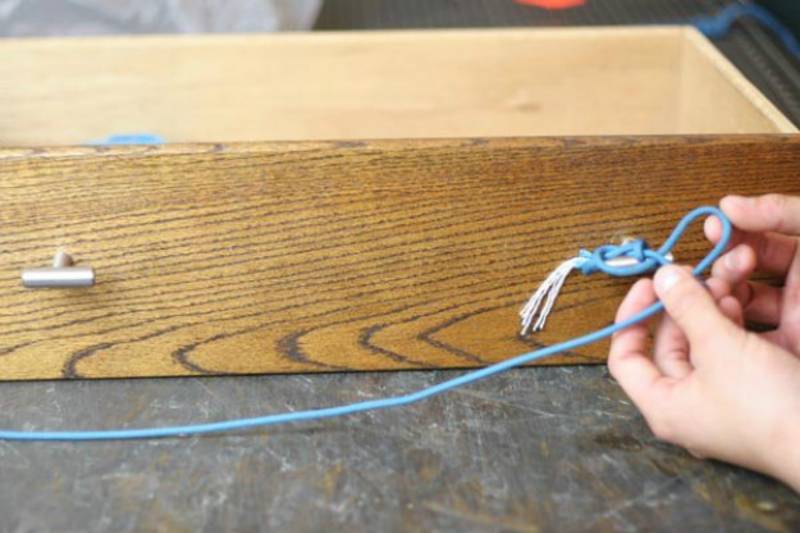
Pull the bite through just like you did with your slippery hitch.
You made the trucker’s hitch!
RELATED: 80 Uses for Paracord That Will Surprise You
Sometimes, a single rope is not enough to do a hitch. This is where your knowledge of paracord knots comes in handy. Here are four basic styles to learn:
Check out this article to learn more about these five survival paracord knots.
Here’s an infographic guide of the different paracord knots and hitches you can do. Don’t forget to download, save, or share this handy infographic for reference:
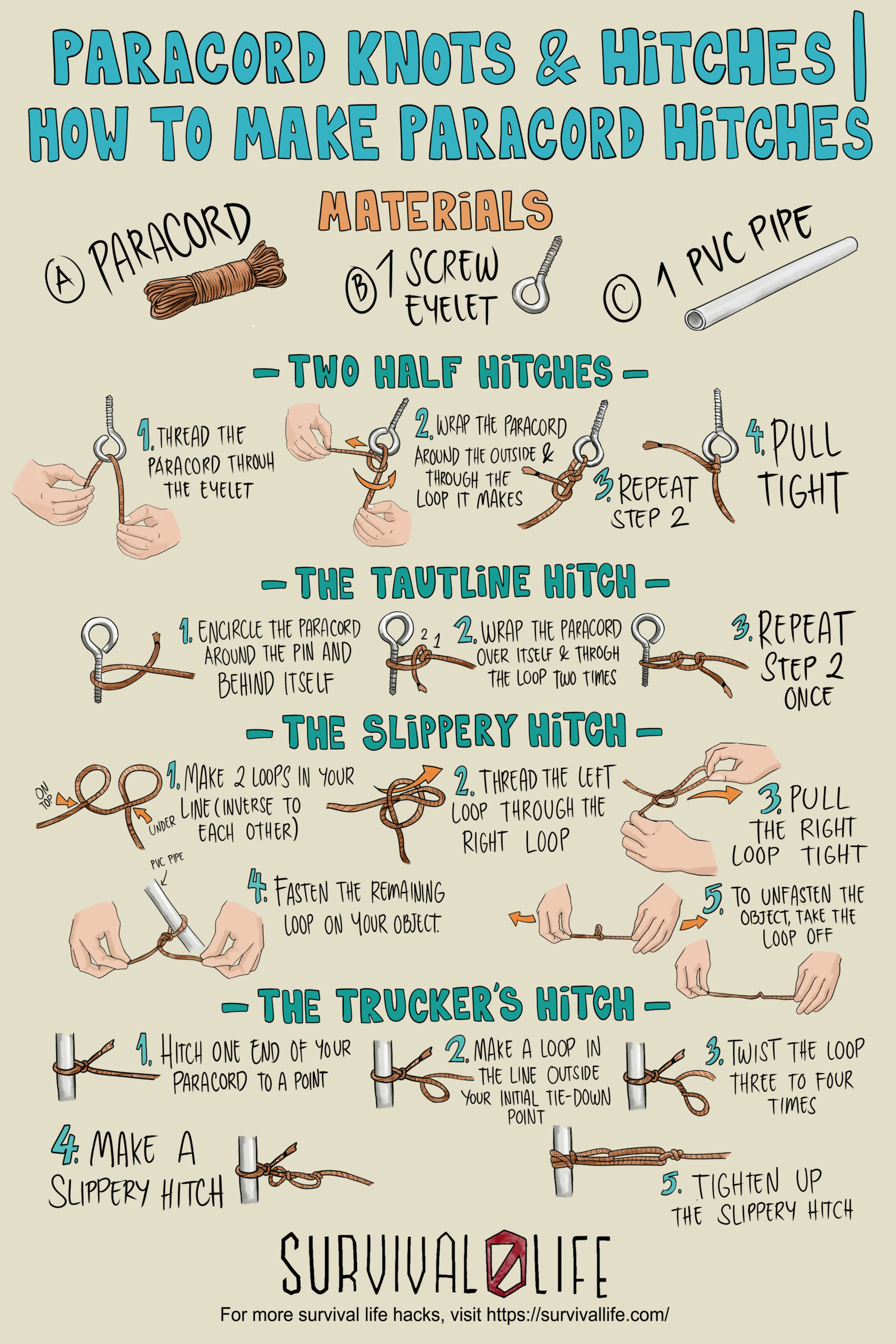
Watch this video from The Weavers of Eternity Paracord to learn more paracord knots that you need to master as a prepper:
A survivalist’s life is incomplete without these essential paracord knots and hitches. Go over each step as many times as you need to master each one.
These tricks will come in handy not only during emergencies but also in your day-to-day life. Always be a proactive prepper!
Note: There is a poll embedded within this post, please visit the site to participate in this post’s poll.
Have you experienced the need to use paracord knots and hitches? Share your experiences with us in the comments section below!
Up Next:
- 40 Essential Knots Every Survivalist Needs To Know In The Outdoors
- 36 Awesome Paracord Projects For Preppers
- Adding a Zippo Lighter to Your Prepping Supplies
Don’t forget to stay connected with us on Facebook, Twitter, Pinterest, and Instagram!
Disclaimer: All content on this site is for informational purposes only. Please read our full disclaimer here.
Editor’s Note: This post was originally published on May 19, 2014, and has been updated for quality and relevancy.
- Advertisement -










